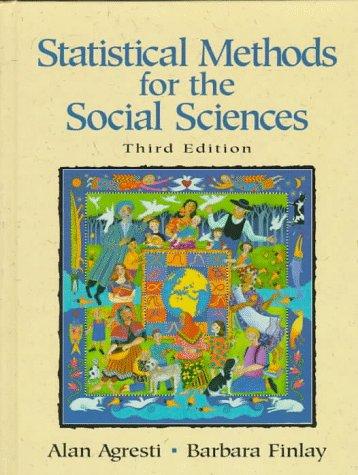17. Refer to Table 15.4 on death penalty verdict, defendant's race, and victims' race. a) Construct the
Question:
17. Refer to Table 15.4 on death penalty verdict, defendant's race, and victims' race.
a) Construct the bivanate table relating defendant's race to death penalty verdict. ignor- ing victims race Calculate the conditional distribution on the death penalty verdict. for each race of defendant.
b) Construct partial rabies relating death penalty verdict to defendant's race treating vic- tims' lace as a control variable. For each partial table, describe the association by com- puting the difference between the proportions of white and black defendants who received the death penalty. Interpret.
c) Notice that the association changes direction when we control for victims race; that is, in the bivariate table relatively more whites received the death penalty, but in each partial table relatively more blacks received the death penalty. (This is Simpson's paradox; see Problem 108d) By describing how victims' race is associated with each of these van- ables, explain why the partial association differs as it does from the bivariate association.
d) For these variables, indicate whether each of the following diagrams seems to provide a reasonable model. Give your reasoning. (Ilere. P = death penalty, D = defendant's race. V victims' race) ii. D V P iii. iv.
e) Is it plausible that victims' race may be a suppressor variable? Why or why not"
Step by Step Answer:

Statistical Methods For The Social Sciences
ISBN: 9780135265260
3rd Edition
Authors: Alan Agresti, Barbara Finlay





